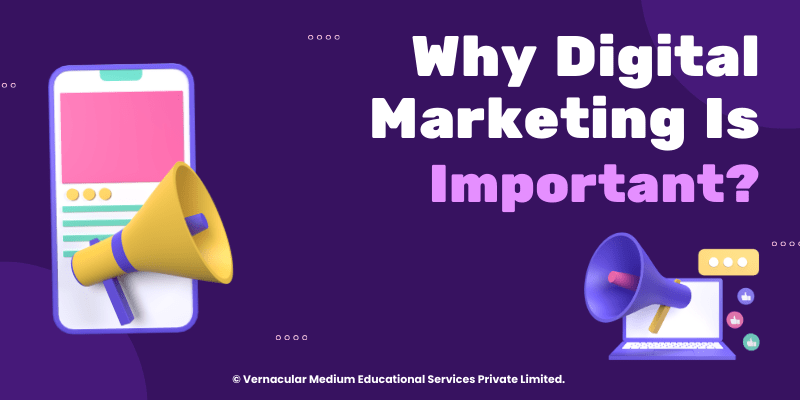In today’s crowded online landscape, creating compelling content is only half the battle. The other crucial component is optimizing that content to drive maximum engagement from your target audience. This is where A/B testing can be an incredibly powerful tool in your marketing arsenal.
What is A/B Testing?
A/B testing, also known as split testing, is a method of comparing two versions of a piece of content to determine which one performs better. This could include testing different headlines, email subject lines, calls-to-action, images, or even entire pages or email copy. By presenting the two variations to similar audience segments simultaneously, you can measure which version generates more opens, clicks, conversions, or any other desired metric.
Benefits of A/B Testing:

Implementing an A/B testing strategy provides numerous benefits, including:
- Improved engagement and conversions: By identifying which content resonates best with your audience, you can consistently serve up high-performing assets to drive better results.
- Reduced guesswork: Rather than relying on hunches, A/B testing provides data-driven insights to inform your content strategy.
- More effective marketing spend: Testing allows you to continuously optimize content for higher ROI on your marketing investments.
- Deeper audience understanding: Test results reveal valuable information about your customers’ motivations, pain points, and preferences.
Getting Started with A/B Testing:
To run effective A/B tests, follow these key steps:
- Determine what to test: Common tests include email subject lines, landing page designs, CTA button copy, and more.
- Identify your audience segments: Split similar audience groups to receive the variations you’re testing.
- Create variations: Develop two (or more) versions with just a single element changed between them. Keep all other factors consistent.
- Set a hypothesis: Decide upfront what you expect the winning variation to be and why. This guides your strategy.
- Run the test and analyze results: Allow the test to run its course, gather data, and review performance metrics between variations.
- Implement and continue testing: Put the winning variation into play, but don’t stop there. Always be A/B testing!
Tools to Streamline Your Process:
Various marketing automation, email, and content management platforms now offer built-in A/B testing capabilities to streamline the process. Popular options include Optimizely, Unbounce, HubSpot, Mailchimp, and more. You can set up, deploy, and measure tests without extensive development work.
Whether you’re a beginner or already comfortable with A/B testing, making it a consistent part of your content and marketing strategy allows you to continuously surface top-performing assets. With the right testing cadence and analysis, you can confidently double down on content that delivers maximum audience engagement.
**********
Disclaimer:- Views expressed are the author’s own.




